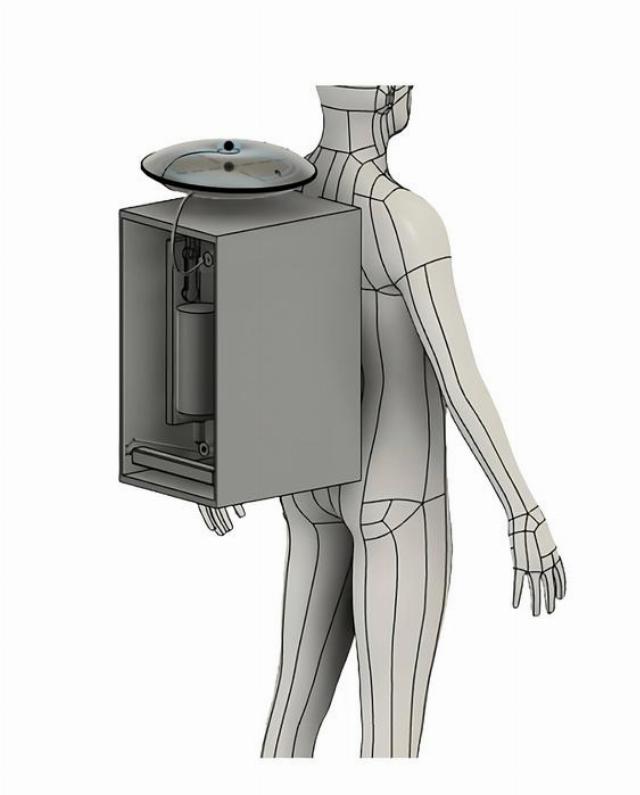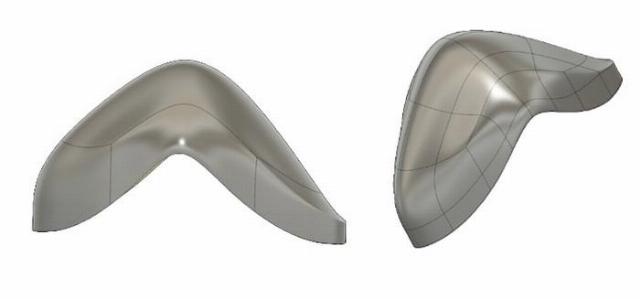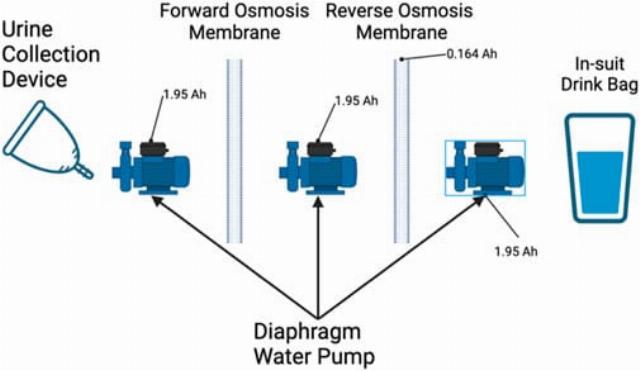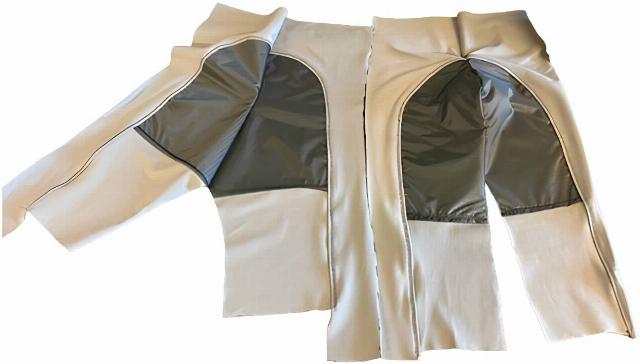American astronauts have long complained about the sanitation system in spacesuits, which is just a big diaper. It lasts for a maximum of eight hours, there is a risk of developing diaper rash and infections. In addition, there are few supplies of drinking water in the suit. To solve these problems, scientists have proposed a more efficient way to recycle metabolic products.
At the dawn of the space age, personal hygiene issues were not in the foreground. The flights took only a few minutes, and they did not go into outer space. The first American astronaut Alan Shepard could not stand it anymore because of the long wait for the launch, and the command allowed him to urinate into the spacesuit, risking a short circuit. But everything turned out fine. In the USSR, on the contrary, based on the risk of delay in orbit, a sewage disposal device was developed for the first flight.
Today, during a long stay in outer space, astronauts relieve themselves right in their spacesuits . To do this, they put diapers, which are then packed in the trash. For SpaceX crews, this is not necessary because there is a toilet on the ship, but when it breaks down, there are risks.
Diapers, of course, are a simple and effective option, but outdated by modern standards. It is unhygienic and unecological. It's time to create comfortable and comfortable spacesuits with an advanced life support system for long-term extravehicular activities (EVA).
It would be ideal to create distiller overalls, or disticombs, as in the science fiction saga "Dune", written by Frank Herbert in the mid-1960s. Recently, two parts of the blockbuster of the same name were shot based on it. The inhabitants of the planet Arrakis — Fremen (or Fremen) — wear tight overalls (stillsuits), in which all metabolic waste is recycled to preserve and reuse moisture.
This idea was partly embodied by scientists at Cornell University (USA), having developed a prototype of a urine processing system in spacesuits. The article with the description was published in the journal Frontiers in Space Technology.

Side view of the recycling system packed in a backpack
Image source: Karen Morales
"The project includes a vacuum external catheter connected to a reverse osmosis system, which ensures a continuous supply of drinking water in a safe and convenient way for astronauts," Sofia Etlin, a researcher at Weill Cornell Medical College and Cornell University, the first author of the article, explained in an interview with the press service.
The authors of the work explained that the current NASA suit with maximum absorption capacity — MAG — has long been criticized by astronauts. It was created back in the 1970s. In fact, it is a large thick diaper for adults that absorbs moisture due to multi-layered materials.
"There is evidence that MAG leaks and causes health problems such as urinary tract infections and gastrointestinal disorders. In addition, now astronauts in spacesuits have access to only a liter of drinking water. This is not enough for work on the lunar surface, which can last for 10 hours and in unforeseen situations last for a day," Etlin added.

The bowl of the urine collector. On the left — the male version, on the right — the female one
Image source: Etlin S et al., 2024, Front. Space Technol.
NASA plans to resume manned flights to the Moon as part of the Artemis II and Artemis III missions in 2025 and 2026. To do this, the standards have been changed. Now the suit must collect 1.2 liters of urine and 75 grams of feces per day.
In the new prototype, these wishes are taken into account. Scientists have developed a device for collecting urine, including underwear made of multi-layered soft fabric. The liquid enters a silicone collection bowl placed between the legs. They were made in different shapes and sizes for men and women.
The inside of the bowl is covered with polyester microfiber or a mixture of nylon and spandex, which allows you to remove moisture from the body. There is a small area with an absorbent hydrogel, to which an RFID tag is attached. At her signal, the vacuum pump starts and the liquid is taken from the bowl.

Calculation of the energy consumption of the system
Image source: Etlin S et al., 2024, Front. Space Technol.
Next, the liquid enters a filter, which processes it with an efficiency of 87 percent into distilled water, enriches it with electrolytes and pumps it into a suit hydrator.
Cleaning half a liter of urine takes five minutes. The system is powered by a 20.5 volt battery with a capacity of 40 ampere-hours. With its compact size, it weighs about eight kilograms and is placed on the back.
An electrical circuit is now ready to control pumps, sensors, an LCD display, as well as to synchronize all components. Next, the prototype must be tested first on Earth in microgravity, and then in space. It is possible that Axiom Space and Collins Aerospace, which are developing EVA suits for lunar missions, will take advantage of these developments.

